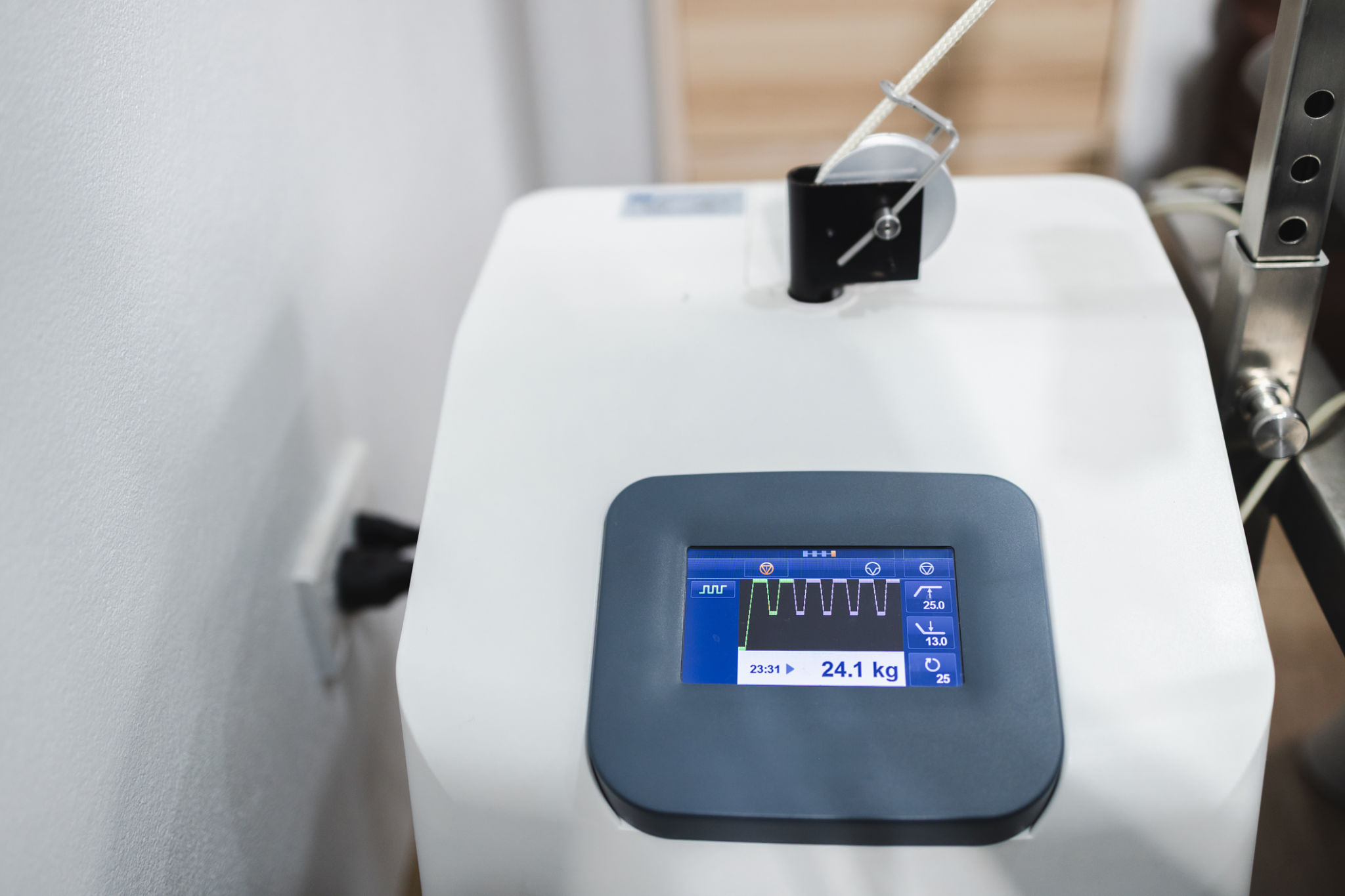The Latest Advancements in Urodynamic Testing Technology
Understanding Urodynamic Testing
In the realm of medical diagnostics, urodynamic testing plays a crucial role in assessing how well the bladder, sphincters, and urethra are storing and releasing urine. This type of testing is vital for diagnosing conditions such as urinary incontinence, frequent urination, and other urinary tract disorders. Recent advancements in this field have significantly improved the accuracy and comfort of these tests.
Traditionally, urodynamic tests involved a series of invasive procedures that often left patients feeling uncomfortable. However, with technological advancements, these tests have become more patient-friendly and precise. The incorporation of cutting-edge technology not only enhances the accuracy of the results but also provides a more detailed analysis of bladder function.

Integration of Non-Invasive Techniques
The latest developments in urodynamic testing emphasize non-invasive techniques. These advancements include the use of sophisticated sensors and imaging technologies that reduce the need for invasive catheterization. For instance, wireless urodynamic devices are now available, allowing for a more comfortable experience while still providing comprehensive data on bladder function.
These non-invasive methods are particularly beneficial for patients who may experience anxiety or discomfort during traditional testing procedures. Moreover, they offer healthcare providers a reliable alternative that maintains diagnostic accuracy while improving patient compliance.
Enhanced Data Collection and Analysis
Another significant breakthrough in urodynamic testing technology is the enhanced data collection and analysis capabilities. Modern systems now come equipped with advanced software that can interpret complex data sets more efficiently. This means that healthcare professionals can make quicker and more informed decisions regarding a patient's treatment plan.

The integration of artificial intelligence in data analysis further optimizes the diagnostic process. AI algorithms can identify patterns and anomalies in bladder function, providing insights that might be missed by human observation alone. This technology not only saves time but also increases the accuracy of diagnoses.
Improved Patient Comfort and Experience
Patient comfort has been a focal point in the evolution of urodynamic testing technologies. Modern devices are designed with ergonomics in mind, ensuring that patients undergo testing with minimal discomfort. Features such as wireless monitoring and compact sensors contribute to a more pleasant testing experience.
Additionally, many new systems offer real-time feedback, allowing patients to receive immediate insights into their condition. This transparency helps to alleviate anxiety and empowers patients to engage actively in their treatment process.

The Future of Urodynamic Testing
The future of urodynamic testing looks promising with continuous innovations on the horizon. Researchers are exploring the potential of integrating wearable technology that could provide continuous bladder monitoring outside clinical settings. Such advancements would revolutionize how urinary tract disorders are diagnosed and managed.
In conclusion, the latest advancements in urodynamic testing technology signify a significant leap forward in both patient care and diagnostic precision. As these technologies continue to evolve, they promise to offer even greater benefits to patients and healthcare providers alike.